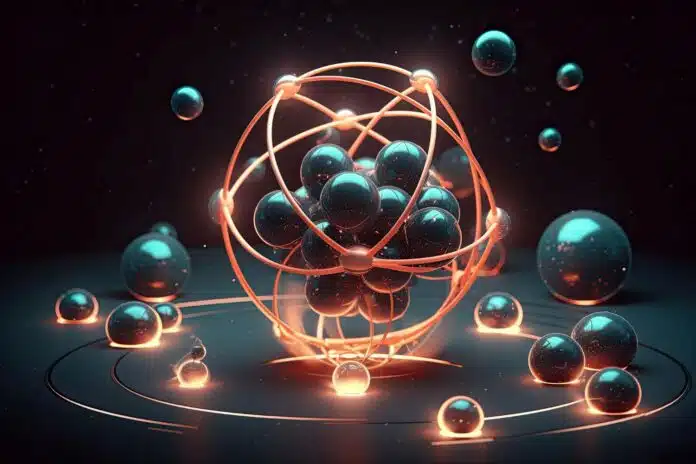
By Pranjal Malewar 23 Aug, 2024
Collected at: https://www.techexplorist.com/ai-addressed-difficult-challenges-quantum-chemistry/88277/
Excited states are key in physics and chemistry, but calculating their properties accurately from first principles is still challenging. Recent progress in using deep learning for ground-state calculations shows that this method could also help solve the problem for excited states.
Scientists at Imperial College London and Google DeepMind have proposed a solution using AI to the tough challenge of modeling the states of molecules.
The team looked into how molecules shift between ‘excited states’ when they receive a lot of energy, like from light or heat. This energy can move their electrons into a temporary new arrangement called an excited state.
The total amount of energy absorbed and released during the transfer of molecules between states leaves a unique fingerprint for different molecules and materials. This affects many technologies, like solar panels, LEDs, semiconductors, and photocatalysts. It’s also crucial for biological processes involving light, such as photosynthesis and vision.
However, modeling this is tough because excited electrons behave according to quantum principles, meaning their exact positions are uncertain and only described by probabilities.
Lead researcher Dr David Pfau, from Google DeepMind and the Department of Physics at Imperial, said: “Representing the state of a quantum system is highly challenging. A probability has to be assigned to every possible configuration of electron positions.
“The space of all possible configurations is enormous — if you tried to represent it as a grid with 100 points along each dimension, then the number of possible electron configurations for the silicon atom would be larger than the number of atoms in the universe. This is exactly where we thought deep neural networks could help.”
Scientists computed the energy of atoms and molecules based on precise principles by developing and using a new mathematical approach with a neural network called FermiNet (Fermionic Neural Network).
The team tested their method on various examples and got promising results. For a small but complex molecule called the carbon dimer, they achieved a mean absolute error (MAE) of 4 meV (a tiny energy measure), which is five times more accurate than previous top methods that had an MAE of 20 meV.
Dr Pfau said: “We tested our method on some of the most challenging systems in computational chemistry, where two electrons are excited simultaneously, and found we were within around 0.1 eV of the most demanding, complex calculations done to date.
“Today, we’re making our latest work open source, and we hope the research community will build upon our methods to explore the unexpected ways matter interacts with light.”
Journal Reference:
- David Pfau, Simon Axelrod, Halvard Sutterud, Ingrid von Glehn, James S. Spencer. Accurate computation of quantum excited states with neural networks. Science, 2024; 385 (6711) DOI: 10.1126/science.adn0137

Leave a Reply